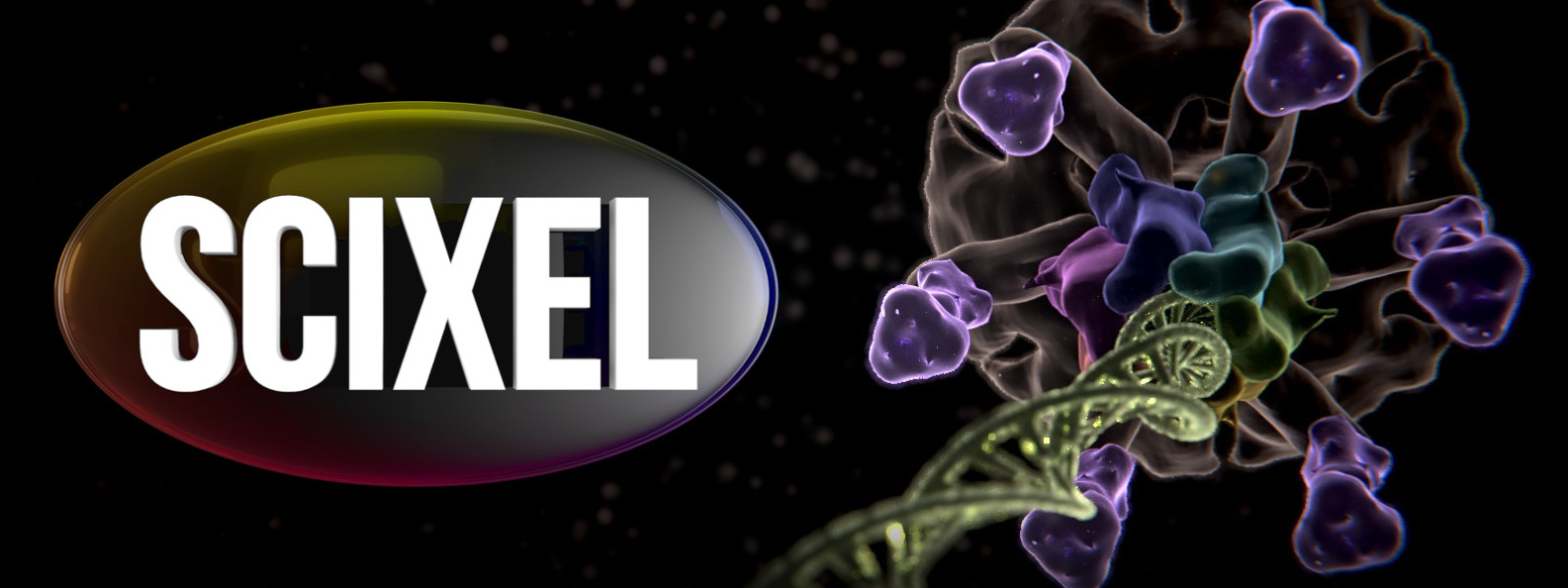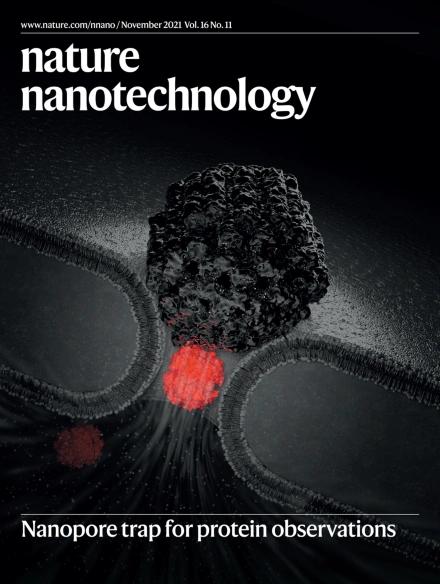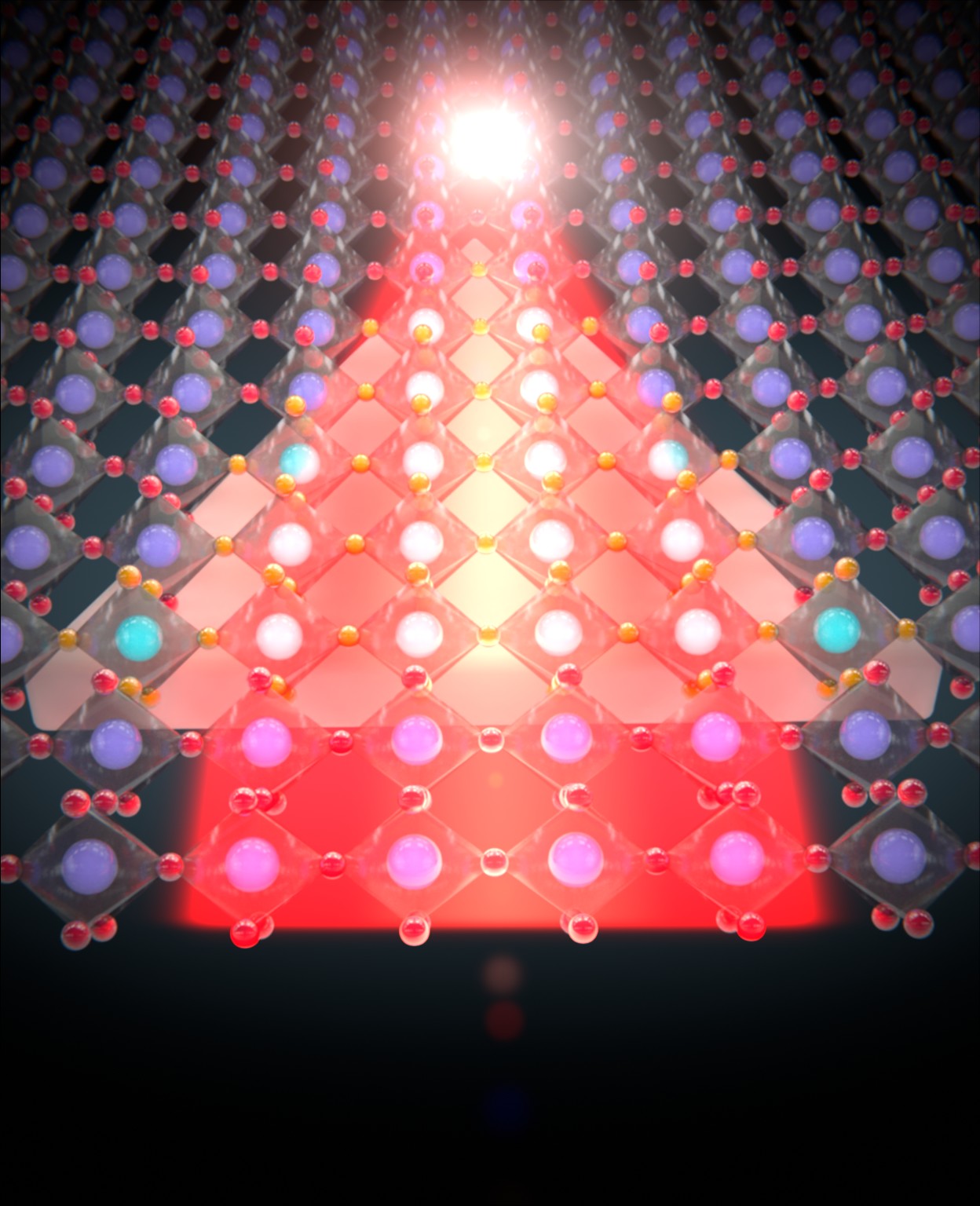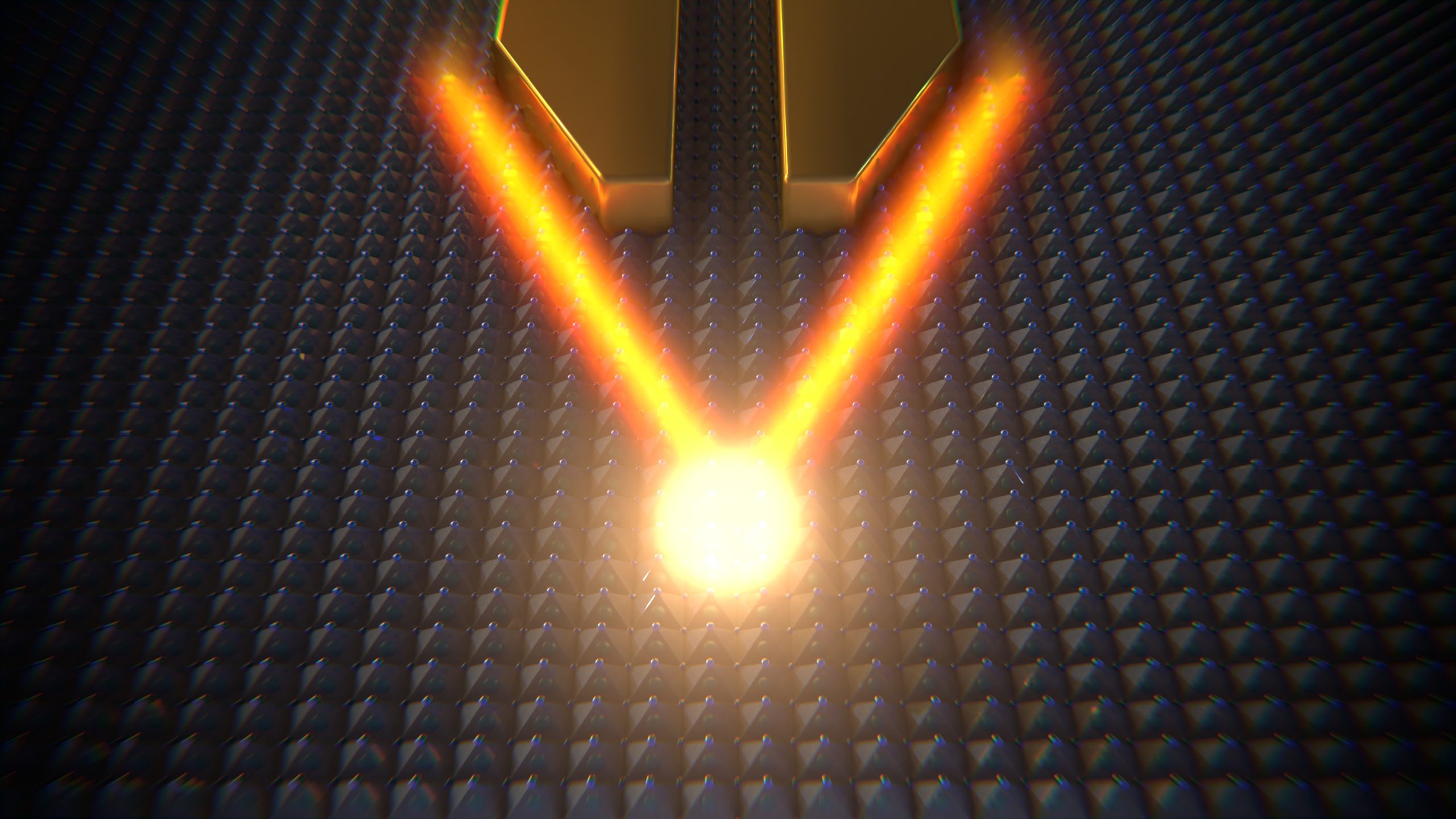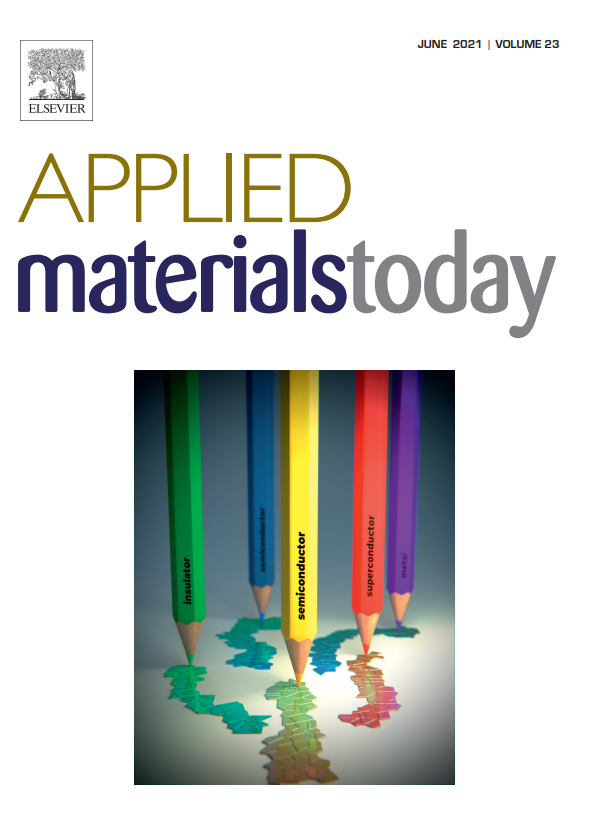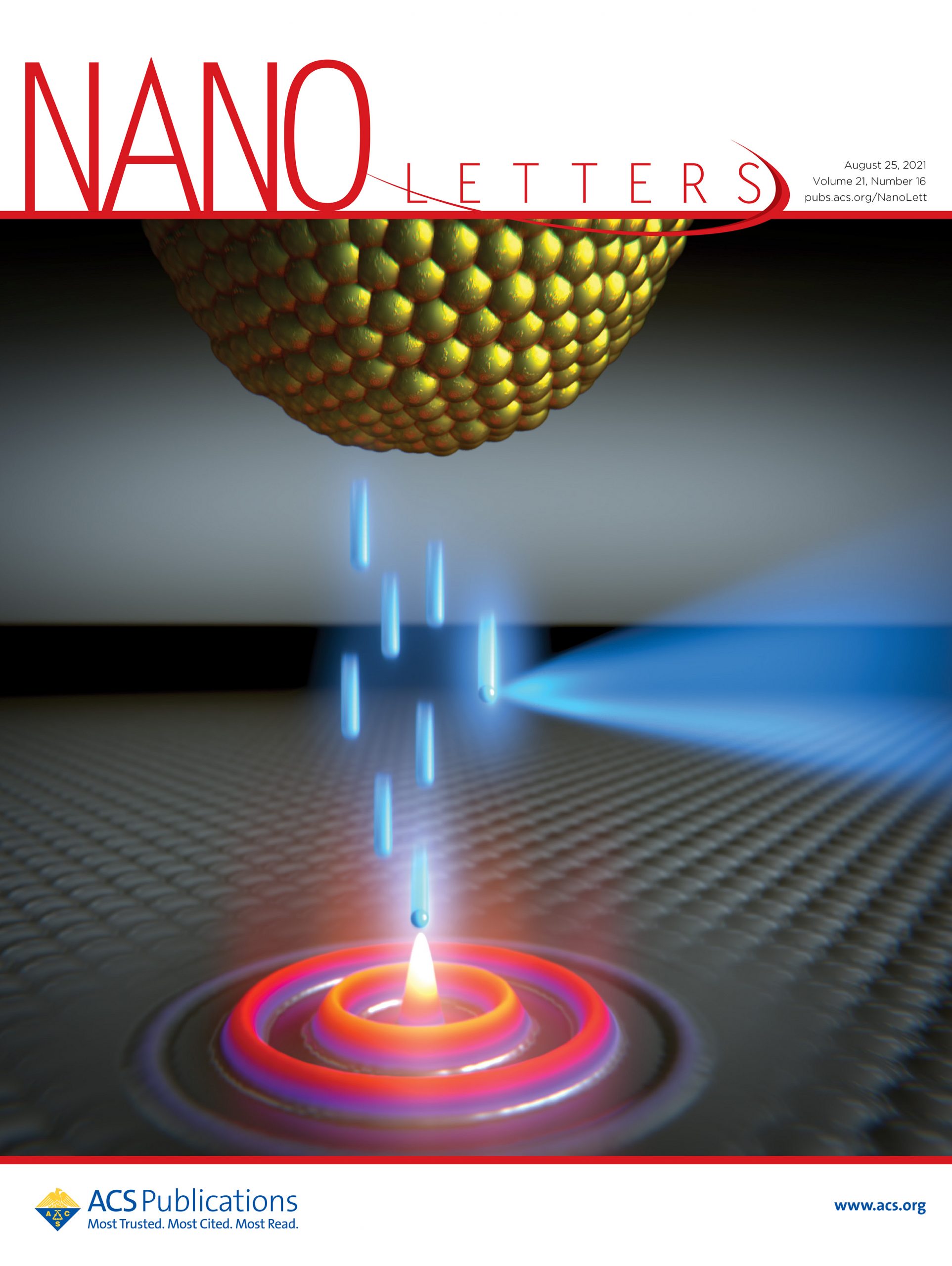It’s been a strange couple of years with worldwide issues that have affected us all. But here at Scixel, we can be nothing but grateful. First of all, the pandemic didn’t affect us in a serious way, neither us nor our families. Second, our clients continued with their usual hard work from home. And that deserves a huge ovation for the scientists all over the world. Their effort did not only kept us on business, but in better shape than ever. And finally, we kept working with Filmociencia and started working with Patricia Bondia, and that alone is something to be grateful for.
Here I leave you with a short summary of our work during the last two years. And as always, thank you all for making Scixel possible.
